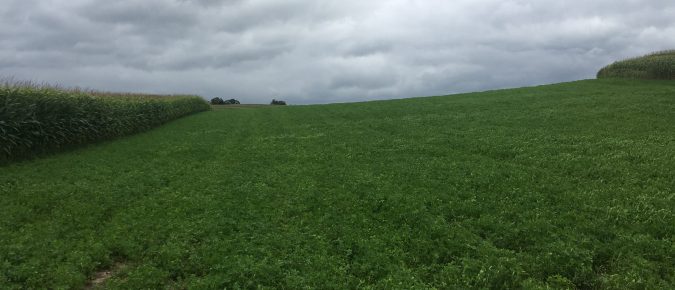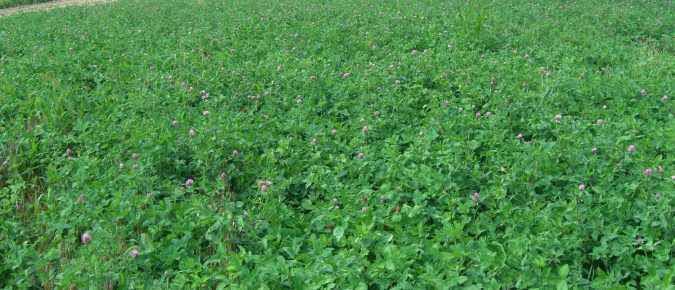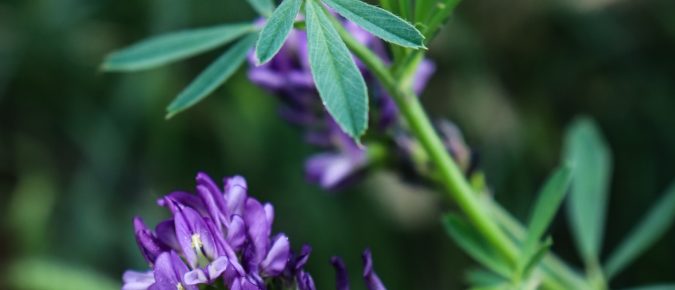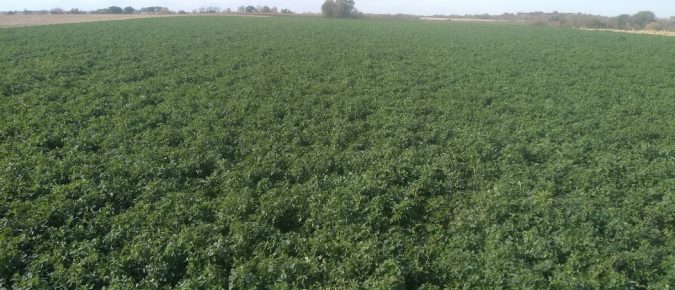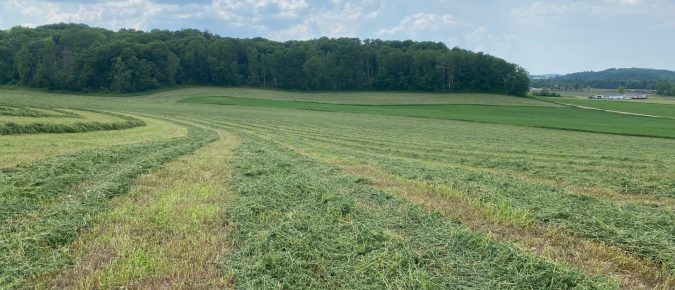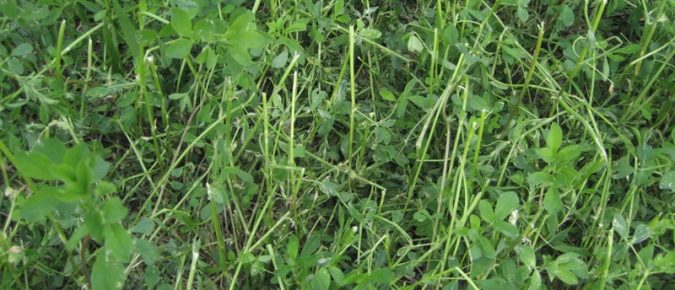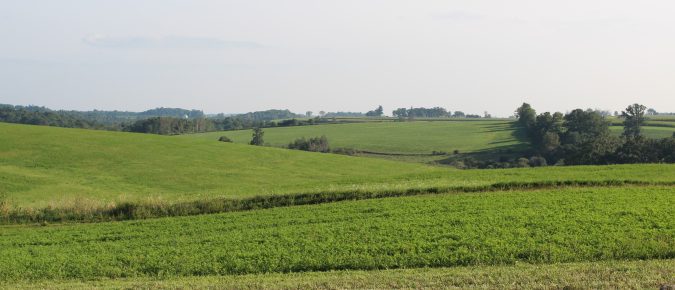Alfalfa can remain productive in stands from four to ten years or more, but as plant population declines renovation eventually becomes necessary. Alfalfa is commonly grown in rotation with grain crops, however, continuous production is desirable in many areas, particularly on soils that are marginal for economic grain production. Reseeding alfalfa immediately following alfalfa is not recommended in most states due to the negative effects of autotoxicity, seedling disease and insect pests which can build up in old stands. A rotation interval is commonly recommended between killing an old stand of alfalfa and reseeding new alfalfa to help insure successful establishment.
Some farmers always get a good forage stand and some always fear seeding because of difficulty getting good stands. A good stand is crucial to profitability. If the stand is thin, it will never yield well and will be weedy. Additionally, if the stand is so poor that reseeding is necessary, the grower will have lost most or all of a growing season for forage production on that field.
Late summer seeding is an excellent way to establish stands and is actually the preferred time of year to seed in many regions. But your decision to late summer seed should be based on weather conditions (temperature), available soil moisture, and your projected forage needs (importance of having a fully productive alfalfa stand available next spring vs. direct seeding).
Stress in the seeding year reduces future yields of alfalfa. This occurs because the seeding year determines the stand plant density as well as individual plant size and vigor. The following paragraphs will show that autotoxicity, potato leaf hopper, cover crop, and, possibly, drought stresses in the seeding year will reduce alfalfa yield in future years, even when the stress is gone.
The decision to take a late summer or fall cutting of alfalfa should be considered carefully. A farm should evaluate current forage needs, economics, stand health, and timing to make the best decision for their individual situation. Although the need for more forage may override some other factors, the timing of harvest is still critical. […]
While farming in the ‘North’ brings the benefits of growing some of the best forages like alfalfa and cool-season grasses, it also carries the weight of fall decisions that will ‘make or break’ your profit due to risks of winter injury. Fall decisions regarding alfalfa production include proper harvest timing and providing adequate potassium, leading to strong plants that can survive a severe winter and come back the following year with good yield potential.
Difficult alfalfa harvesting conditions sometimes result in farmers being off schedule for late summer harvesting alfalfa. This raises the question of best cutting management of alfalfa harvest as the end of summer approaches. If we want good winter survival and rapid greenup for good yield next year, alfalfa must either: This has resulted in the […]
“Cut alfalfa at late bud for optimum quality.” We’ve heard this statement, or a similar one, many times over the past 10 to 15 years. Although forage quality is strongly correlated to morphological stage (for example, late-bud or first flower), many years of monitoring the forage quality of a standing crop has taught us that environment plays an important role in what the actual forage quality might be at a specific stage of maturity.
Alfalfa may start growing in the spring while some freezing nights are still occurring. This has caused many management questions among farmers.
For determination of keeping stand of new seedlings: Determine whether the seedlings have developed crowns (pull a plant and feel if ridge between root and top growth which usually develops when plant is 3 to 4 inches tall). All seedlings without crowns and with damaged terminal buds will die. Count remaining plants and keep stand […]
While removal of old stands is recommended with fall applications, many fields are now slated for removal due to winter-kill. This can be challenging, but options exist depending on the situation. Below I discuss management options for common scenarios this spring.
Establishment of dense vigorous stands of alfalfa is essential for long-term profitability, but establishment can be challenging because seedling alfalfa is vulnerable to competition from annual weeds and wind and water erosion. Roundup Ready Alfalfa was re-introduced last year as a new tool available to farmers growing high-quality alfalfa. While not for everyone, it will be useful for many alfalfa growers.

